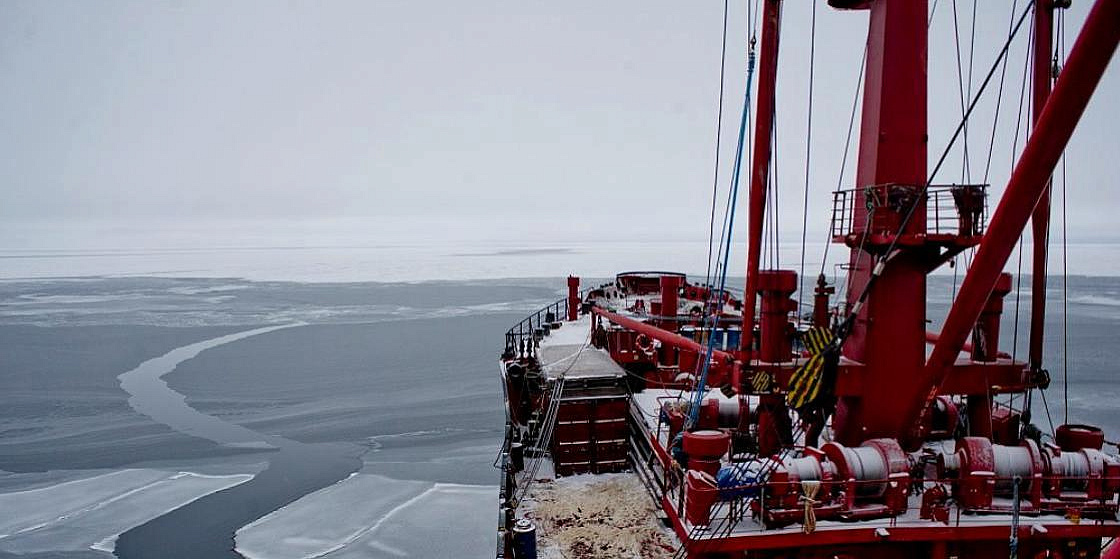
Photo: Shtrick Vadim/GeoPhoto.ru
Cargo from St. Petersburg: A Test for the NSR
The St. Petersburg Committee for Arctic Affairs has presented the interim results of the project aiming to increase cargo transit via the Northern Sea Route (NSR).
The mentioned project, St. Petersburg NSR Cargo Aggregator, was jointly launched by the Committee and the North-Western Logistics Cluster, an association focusing on promoting the development of transport infrastructure in the Russian Baltic, in February 2021. The project’s goal is to contribute to ensuring a steady growth of freight traffic in the Russian Arctic and Far East.
In May-August 2021, the total amount of 258,000 metric tons of cargo were dispatched through the NSR under this project, the Arctic Committee says. The NSR was mainly used to deliver electric equipment, various types of machinery, and construction equipment from North-Western Russia to the Arctic ports of Norilsk, Labytnangi, Khatanga, Magadan and Dikson.
The international transit also appears to be on the rise: according to estimates, in September-November, some 80,000 tons of transit cargo will be transported through the NSR (including some 15,000 from/to China).
The NSR is crucial for further economic expansion in the Russian High North. It is widely regarded not only as a doorway for exporting the natural riches extracted in the Russian Arctic, but also as a means of holding together, in a logistical sense, this country’s northern territories.
While accounting for just a fraction of the overall NSR tonnage, the freight shipped by St. Petersburg producers helps diversify the NSR revenue streams and solidify its prospects of evolving into a major Trans-Eurasian lane. Despite the fact that launching a full-fledged international transit route in the Arctic Ocean may be a matter of years, the initial steps are to be taken now. In this light, the first project outcomes may be seen as a big success.
The mentioned project, St. Petersburg NSR Cargo Aggregator, was jointly launched by the Committee and the North-Western Logistics Cluster, an association focusing on promoting the development of transport infrastructure in the Russian Baltic, in February 2021. The project’s goal is to contribute to ensuring a steady growth of freight traffic in the Russian Arctic and Far East.
In May-August 2021, the total amount of 258,000 metric tons of cargo were dispatched through the NSR under this project, the Arctic Committee says. The NSR was mainly used to deliver electric equipment, various types of machinery, and construction equipment from North-Western Russia to the Arctic ports of Norilsk, Labytnangi, Khatanga, Magadan and Dikson.
The international transit also appears to be on the rise: according to estimates, in September-November, some 80,000 tons of transit cargo will be transported through the NSR (including some 15,000 from/to China).
The NSR is crucial for further economic expansion in the Russian High North. It is widely regarded not only as a doorway for exporting the natural riches extracted in the Russian Arctic, but also as a means of holding together, in a logistical sense, this country’s northern territories.
While accounting for just a fraction of the overall NSR tonnage, the freight shipped by St. Petersburg producers helps diversify the NSR revenue streams and solidify its prospects of evolving into a major Trans-Eurasian lane. Despite the fact that launching a full-fledged international transit route in the Arctic Ocean may be a matter of years, the initial steps are to be taken now. In this light, the first project outcomes may be seen as a big success.
24 August 2021




